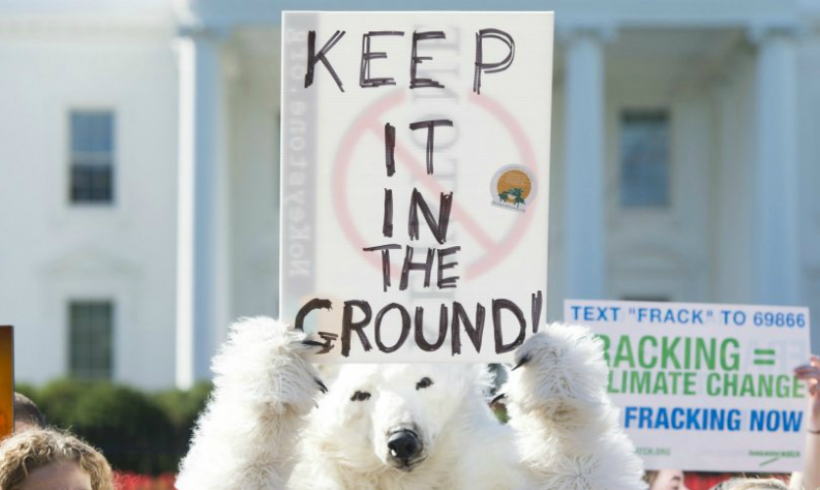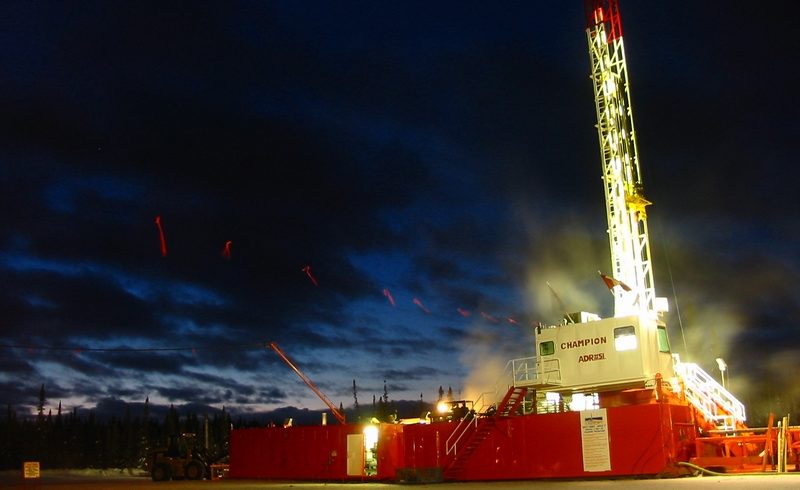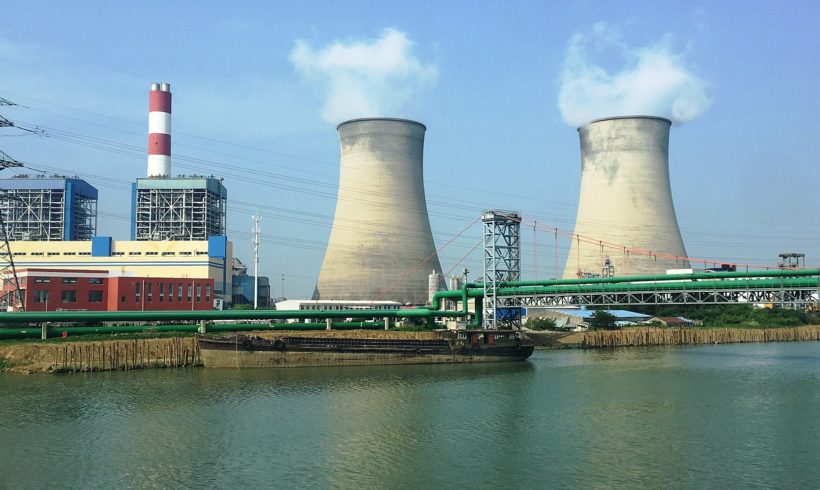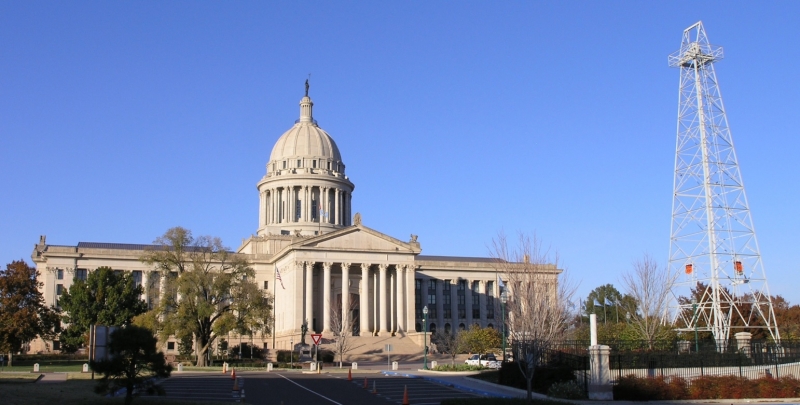By DR. MIRIAM ACZEL Induction cooking, a relatively new technology powered by electricity, is cleaner and more energy-efficient than cooking with gas or even...
Archive for category: Oil and Natural Gas

Climate Groups Cheer Keep It in the Ground Act of 2021
By Andrea Germanos “Our public lands and waters belong to all of us—not to fossil fuel executives who want to exploit our health and...

Climate Movement Applauds Coal Miners’ Demand for Just Transition, Green Jobs
By Kenny Stancil “As we confront a next wave of energy transition, we must take steps now to ensure that things do not...

Bolstering Public Health Fears, Harvard Study Finds Elevated Airborne Radiation Levels Downwind of US Fracking Sites
By Jake Johnson “If you asked me to go and live downwind [of fracking sites], I would not go,” said the lead author...

Rewriting the Equation for Fossil Fuel Emissions
By Kyle Saukas While some advocates are calling for the removal of fossil fuel powered generation, the global energy system is stubbornly rigid. With the...

China’s Gas Shortage
Recent strategies and policies to phase out coal in China have led to an increase in demand for natural gas. In October 2017, China’s Ministry of Environmental Protection unveiled plans to cut harmful air pollution, especially the particularly damaging fine particulate matter known as PM2.5. The plan, or “Coal Ban,” has set strict targets on air quality levels in addition to a ban on burning coal in 28 of its northern cities, including Beijing. However, while the air quality improved significantly in Beijing this past winter, the rapid ban on coal burning and the transition to natural gas has left thousands without heat.

SCOOP & STACK Causing Cracks: Oklahoma Tightens Regulations to Curb Fracking Earthquakes
After a slew of earthquakes triggered from shale oil and gas operations, the Oklahoma Corporation Commission (OCC), the state’s oil and gas regulator, released new rules designed to reduce seismic activity. Hydraulic fracturing—fracking—is being used in combination with horizontal drilling to extract shale oil and gas in what has been called the “US’s hottest new area for horizontal development” in the state’s SCOOP and STACK shale plays, located in the Anadarko Basin.

MethaneSAT: Monitoring Methane Emissions From Space
On April 11, Environmental Defense Fund (EDF) President Fred Krupp announced the organization’s plans to create and launch a new satellite to monitor and measure global methane emissions—from space.
The ‘groundbreaking’ MethaneSAT plans were unveiled in a TED talk in Vancouver, BC.. The satellite will measure only emissions of methane, the powerful greenhouse gas responsible for roughly one quarter of the manmade global warming we currently experience. Methane is a particularly important cause of climate change because of its potency;while it is not as long-lasting in the atmosphere as carbon dioxide, it is “far more devastating” because it traps over 80 times more heat than carbon dioxide in the first twenty years after its release.

Leaders in Energy reaches 2,300 Members
Leaders in Energy is pleased to announce its 2,300th member — Steve Williams — who works in the oil and gas industry in Houston, Texas....


